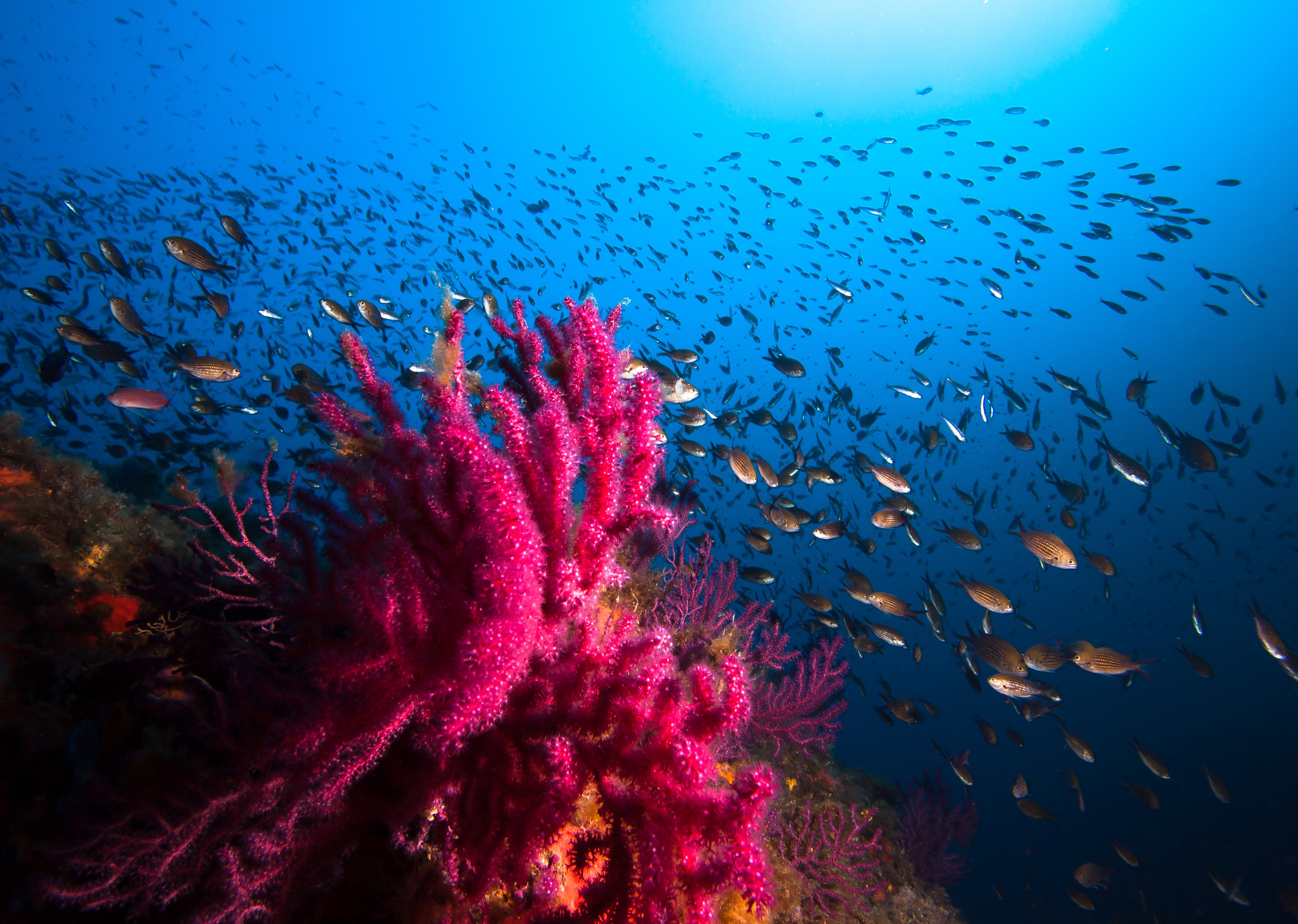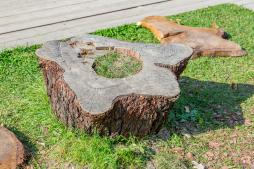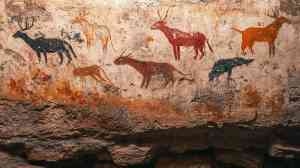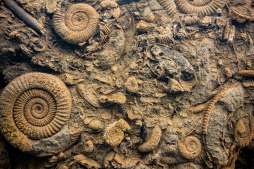Top 5 Fascinating Facts About Prehistoric Coral Reefs and Their Inhabitants

Prehistoric coral reefs offer a captivating glimpse into the ancient marine ecosystems that thrived millions of years ago. These underwater structures were home to diverse marine life, many of which have influenced modern ocean biodiversity. Exploring these ancient reefs helps us understand the evolution of marine habitats and the creatures that once inhabited them.
Ancient Origins of Coral Reefs
Coral reefs date back over 500 million years, with some of the earliest reef-building organisms appearing in the Cambrian period. Unlike today’s coral reefs primarily built by stony corals, prehistoric reefs were often constructed by a variety of organisms including sponges, bryozoans, and early corals known as rugose and tabulate corals. These early reef systems laid the foundation for complex marine habitats.
Diverse Inhabitants of Prehistoric Reefs
Prehistoric coral reefs supported a wide array of life forms such as trilobites, brachiopods, ammonites, crinoids (sea lilies), and various types of ancient fish. Many extinct species found shelter and food within these vibrant reef ecosystems. The diversity within these communities illustrates how reefs have long been hotspots for biodiversity throughout Earth’s history.
Climate Impact on Reef Development
The growth and distribution of prehistoric coral reefs were closely tied to climatic conditions such as sea temperature and sea level changes over geological time scales. Periods like the Devonian saw extensive reef-building due to favorable warm shallow seas while ice ages caused significant declines or shifts in reef locations.
Fossil Evidence Revealing Reef Evolution
Fossils discovered in limestone formations provide valuable insights into prehistoric reefs’ structure and inhabitants. These fossils help paleontologists reconstruct ancient environments, track evolutionary trends among reef builders, and understand mass extinction events that dramatically reshaped marine ecosystems.
Lessons from Prehistoric Reefs for Modern Conservation
Studying prehistoric coral reefs highlights how sensitive these ecosystems are to environmental changes such as ocean acidification and temperature fluctuations—issues relevant today due to climate change. Understanding past reef responses can guide current conservation efforts aimed at protecting modern coral reefs from similar threats.
Prehistoric coral reefs not only reveal fascinating chapters from Earth’s distant past but also inform our approach to preserving today’s vulnerable marine environments. By learning about their origins, inhabitants, challenges faced through time, and eventual decline or transformation, we gain valuable perspectives on sustaining healthy ocean ecosystems for future generations.
This text was generated using a large language model, and select text has been reviewed and moderated for purposes such as readability.











